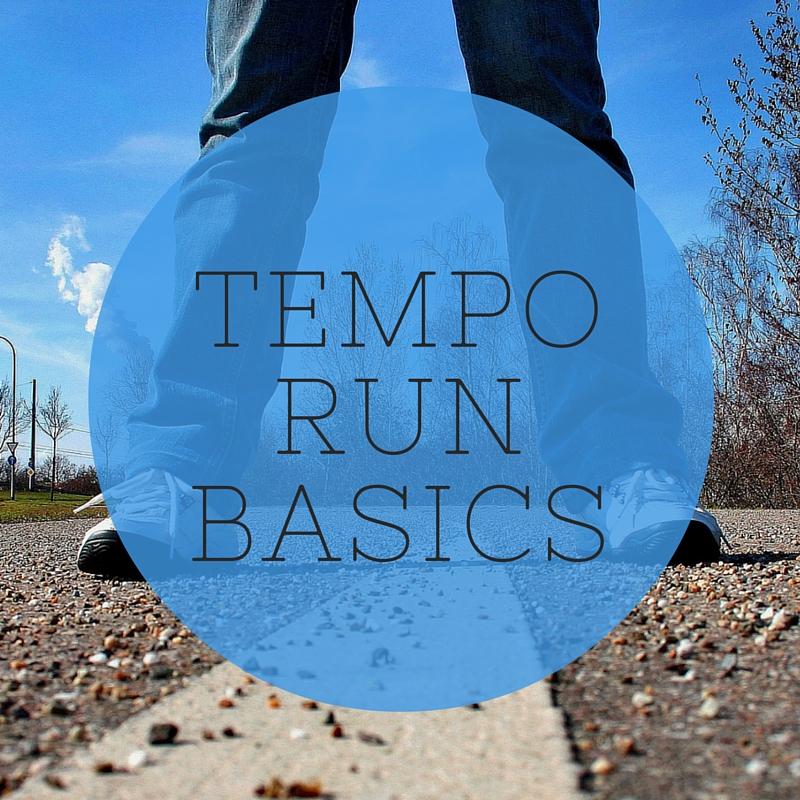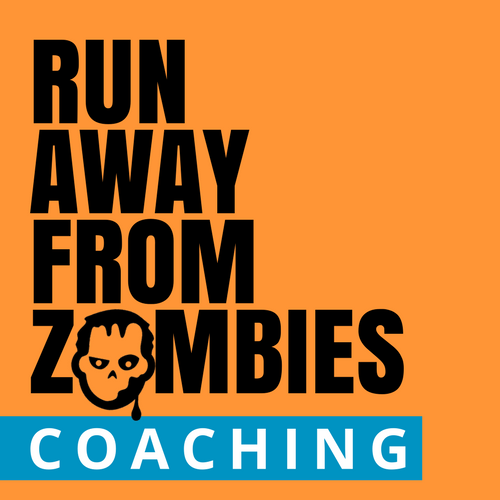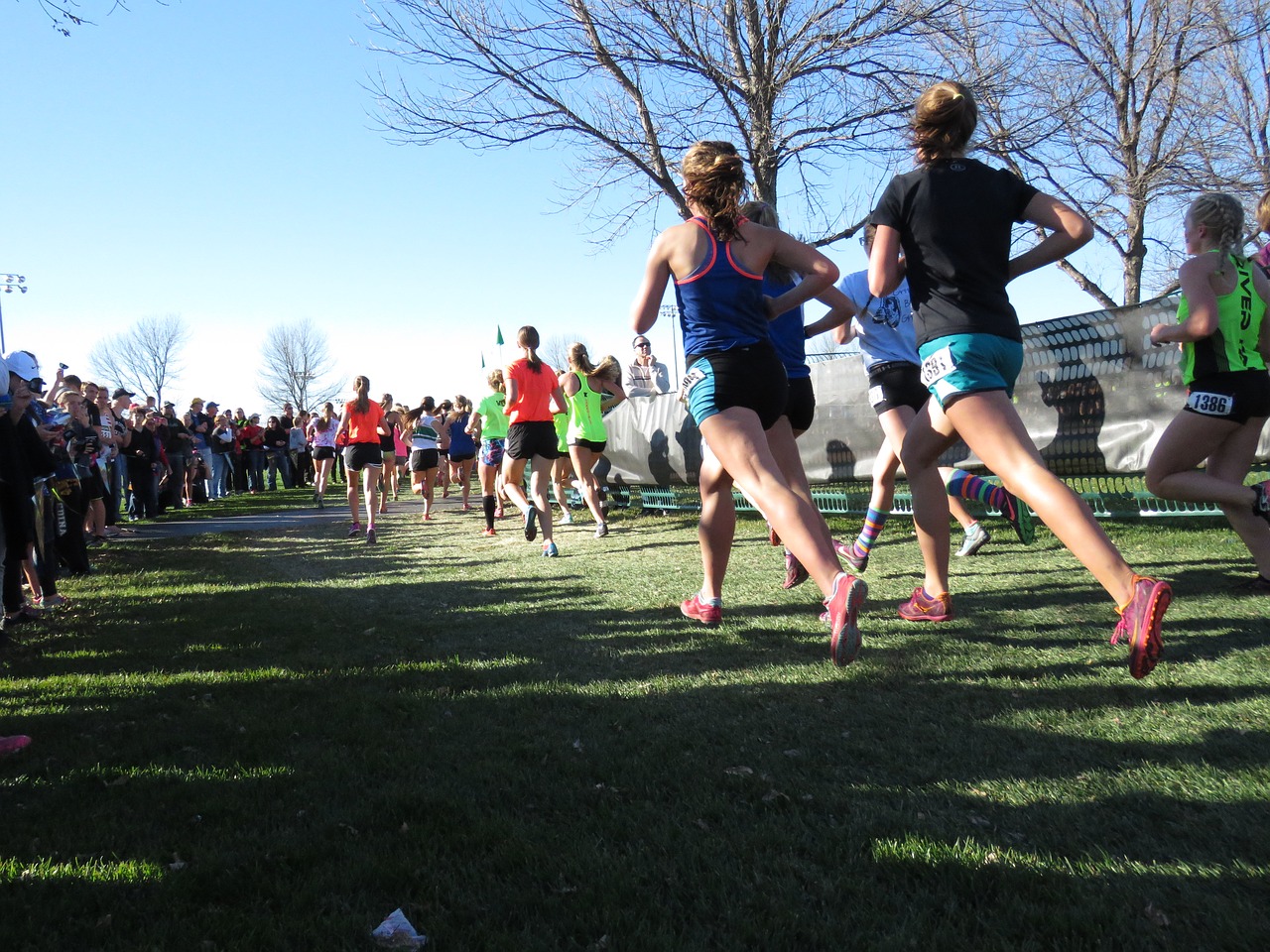I always thought a tempo run was running painfully hard for an hour. Thankfully, that’s not a tempo run. A tempo run or lactate-threshold run has a complicated definition, but is easy to implement and great for all distances mentally and physically. Here is the lowdown – tempo run basics.

Tempo Run Basics
A tempo run is a workout done at or near your lactate-threshold pace. STAY WITH ME! Your lactate threshold is the exercise intensity in which lactate begins to accumulate in your blood at a faster rate than it’s removed. If you run above that threshold, you will fatigue quickly and incite thoughts that you’re possibly dying. Tempo runs are 20-40 minutes at pace, not including warm up or cool down. Any longer than that becomes more of a race effort than a tempo run.
McMillan Running has a video on tempo runs if you’d rather listen!
Why should I run tempo runs?
- It will push back your lactate threshold, which will mean you can run at a faster pace before fatigue sets in
- It will increase your endurance, enabling you to run longer before fatigue sets in
- It will mentally prepare you to run hard and controlled on race day
What is my tempo pace?
Here are four methods to figure out your tempo run pace as described by Runner’s World:
- Recent Race: Add 30 to 40 seconds to your current 5-K pace or 15 to 20 seconds to your 10-K pace
- Heart Rate: 85 to 90 percent of your maximum heart rate
- Perceived Exertion: An 8 on a 1-to-10 scale (a comfortable effort would be a 5; racing would be close to a 10)
- Talk Test: A question like “Pace okay?” should be possible, but conversation won’t be.
Further reading
- Strength Running: A Step-by-Step Guide to Tempo Runs
- Runner’s World: Your Perfect Tempo
- Running Fit: Tempo Runs
My first try
The Hal Higdon program I’m doing has tempo runs every other week ranging from 30 to 40 minutes (total time). Mr. Higdon suggests doing a continuously changing pace – starting slow for a warm up, gently rising to a peak pace (where you stay for just a few minutes), and then slowing back down.
I turned off the audio pace notifications on my phone to focus on how I felt and how the pace felt. I put on a watch so I could measure a 10 minute warm up, 10 minute increased pace, and 10 minute cool down.
When it was time to increase pace, I pushed but not to the point of overwhelmed-ness. Not my 5K pace.
I always run distance based, so this time dynamic was new to me. In a distance run, I push to finish up the last few miles so I can get home sooner. But you can’t speed up time. I felt like I could relax INTO the run and embrace it, rather than simply working to push myself across a distance.
How did I do?

Eh, I did OK.
I did stop to send a work text during the middle of the run.
I ran over 3 miles. My mile splits were 10:03, 9:09; 9:43.
Next time I think I’ll just try to maintain a more constant pace instead of building up and then back down. I think that will be more beneficial to racing scenarios.
I felt a little achy the next day, which maybe makes sense if you’re running near your lactate threshold.
I’m looking forward to my next tempo run. I can definitely see them being a part of my weekly routine, given their simplicity and their benefits.





Leave A Comment Cancel reply